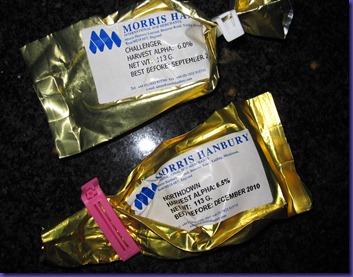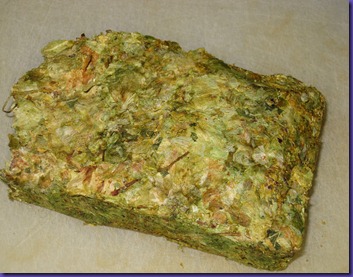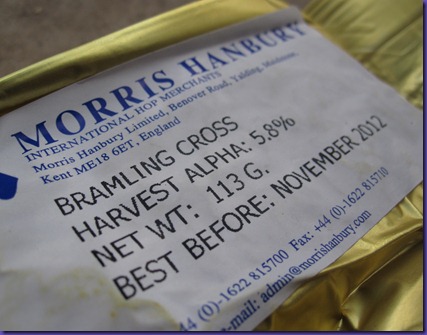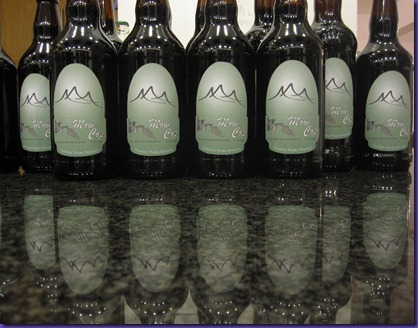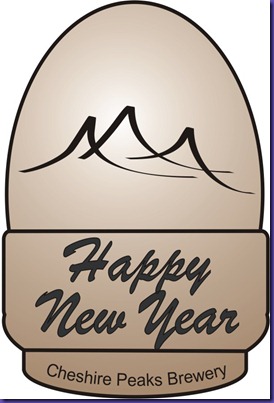If you’ve read some of the previous posts on this blog, you’ll I’m sure be aware that one of the key ingredients of beer is hops. Hops are a perennial climbing vine (a member of the hemp family). The vines grow to 15 – 18 feet tall, and produce cone-shaped green flowers which are harvested in late summer and dried for use in beer-making.
But what is it about adding hops that is beneficial to beer?
- Firstly, hops impart bitterness to beer which counters the sweetness of the malt sugars. Without this bitterness, most beers would be cloyingly sweet and hard to drink in any quantity.
- Secondly, hops impart flavour and aroma to beer. There are many flavours and aromas, and they depend on the hops variety used:
- English: herbal, earthy, fruity
- German: floral, spicy, evergreen
- American: citrus, herbal, spicy
- New Zealand: fruity, citrus, floral
- Finally hops have a very important anti-septic quality that preserves the beer. This, plus the alcohol in the beer, means that beer can be stored for many months without spoiling. This is why in the middle ages everyone drank beer rather than water: water was nearly always infected and unsafe to drink so it was made into beer which was safe to drink and could be stored.
So when are hops added during beer-making? Well the answer to that is actually pretty much any time: during the boil, at the end of the boil, after fermentation, or in the cask.
To extract the bitterness from hops they have to be boiled for at least an hour. The problem with this is that in doing this all the flavour and aroma molecules are driven off. So brewers tend to add hops at several stages during the boil: at the beginning (for bitterness), towards the end (for flavour) and right at the end (for aroma). Adding hops after fermentation or to the cask is referred to as dry hopping, and obviously is done to deliver more of the most delicate flavour and aromas.
This post is getting rather long… I sense your attention drifting… go on, go get yourself a beer and I’ll post some more another day.
